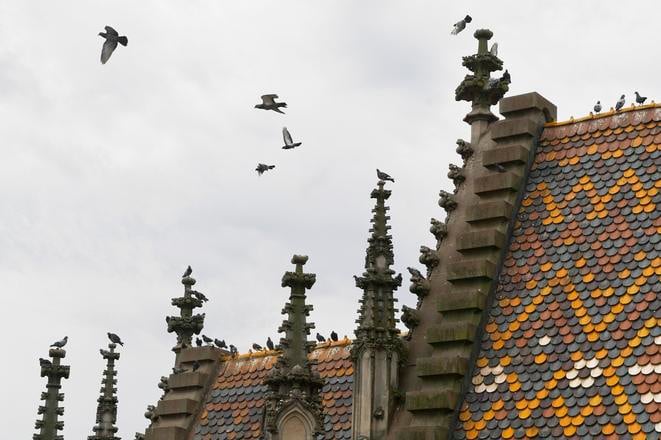Košice, Slovakia’s second-largest city, is set to unveil a new zoning plan in June next year, replacing the current rules that date back to the 1970s.
Over four months of public consultation, the city received more than 1,700 suggestions, many focused on parking, land for family homes, and community gardens, reports the website Korzár. The new plan aims to significantly increase green spaces, with parks and greenery potentially expanding by half. Architects have also refined the definition of a “tree,” specifying its age and size to ensure clarity in planning.
Unlike Bratislava, where high-rise buildings have transformed the skyline, Košice’s mayor, Jaroslav Polaček, has no plans for skyscrapers.
No Manhattan
Reflecting on a visit to London after 20 years, where he once lived, Polaček expressed disappointment at its transformation. “I was shocked to see how beautiful areas disappeared, replaced by huge buildings. I thought perhaps Košice was behind, that the world now demanded more — bigger, grander, megalomania.”
His perspective shifted after visiting Prague. “Every city can be different. You don’t need skyscrapers everywhere or to create a ‘Manhattan.’ I deeply respect the mediaeval character of Košice. This city’s quality lies in what it already is.”
Polaček praised the work of former city architects for preserving Košice’s genius loci — its unique sense of place. “You can still see the Calvary Hill and the iconic St Elizabeth Cathedral. We want to maintain that. The city’s landmarks, not skyscrapers, should dominate the skyline.”
Martin Jerguš, responsible for the new zoning plan, explained that Košice has clear spatial regulations to protect its character. “There are defined sightlines that preserve views of significant landmarks.”
A new urban centre
The city’s major development focus is a new urban centre along the Hornád River, an area architects see as Košice’s largest opportunity for growth. This ambitious vision includes relocating the railway, an idea under consideration for the past 30 years.
One of the key principles of the new plan is greater urban density. “The denser the development and the better the service infrastructure, the lower the city’s costs for maintenance and care,” Jerguš noted. He pointed to the stark contrast between two city districts — Pereš and KVP. While the similarly sized KVP estate is home to around 22,000 residents, Pereš has just 2,000.
“In Pereš, there are significant issues with access to services. People have to travel into the city for essentials, and employment opportunities within the district are virtually non-existent.”
The new zoning plan will be presented to city councillors for approval at their June session.


 The Elizabeth's Cathedral in Košice. (source: TASR)
The Elizabeth's Cathedral in Košice. (source: TASR)